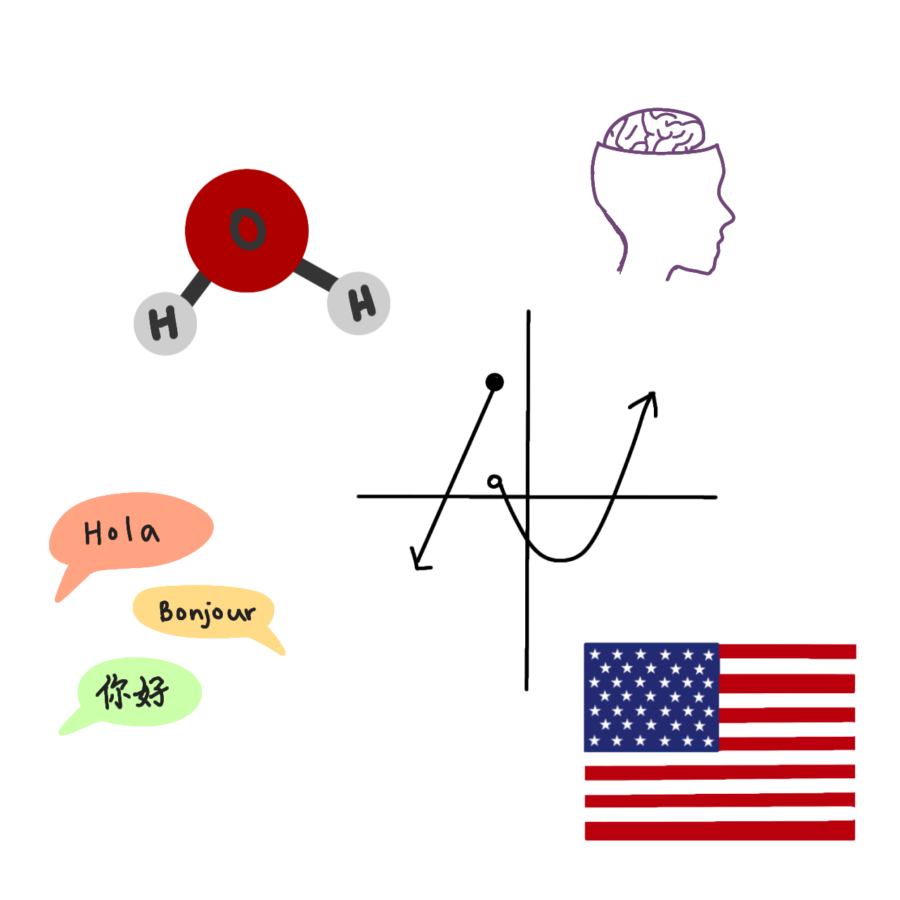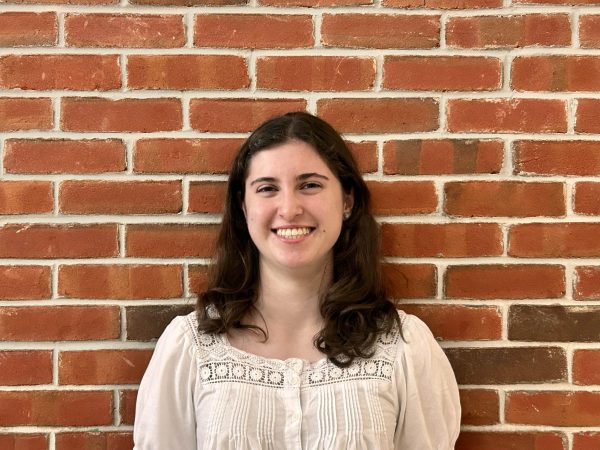Staff and students reflect on transition to in-person learning
The transition to in-person learning this school year has not been easy for many students and staff members. Students are finding themselves spending a lot more time on homework and studying for their classes compared to last year and teachers must keep the attention of students while teaching their curriculum.
November 2, 2021
On March 15, 2020, the entire world shut down. As the COVID-19 pandemic hit, people around the world were forced into working and learning from their homes. In Montgomery County alone, 162,564 students became a part of virtual learning, including 2,450 students from RM.
Students struggled to get used to the new format of schooling. They attended just four hours of class a day, four days a week, from their bedrooms or living rooms. They went to class on Zoom, dealt with technical issues and never actually got to meet their peers face-to-face.
Freshman CJ Sorrentino had trouble with staying on track at home. “There were definitely more distractions during virtual learning because you’re at your house and you’re with all your technology; you can do anything,” Sorrentino said.
Along with distractions, students had to deal with a lack of motivation. In a face-to-face setting, teachers and peers are constantly there to remind students to work hard and avoid procrastination. Virtual school took this all away. “I’m self-motivated, but a lot of people weren’t self-motivated and so it was a struggle for most people,” senior August Rowe said.
On the other side of the screen, teachers came across obstacles as well.
For history teacher Lisa MacFarlane, it was challenging to effectively teach history over Zoom. “A lot of the topics we bring up in history lead to discussions and it’s just really hard to do that virtually,” Ms. MacFarlane said. “With all the technical issues, you can’t always hear people and there was just a lot of disengagement.” She also had to use her planning periods to check on her elementary-aged children, who had their own struggles with independence during virtual learning.
On the flip side, biology teacher Katherine Hatchard became a technology connoisseur over the year. “When it came to virtual [learning], I learned a huge amount about technology, which allowed me to increase my learning,” Ms. Hatchard said.
Sophomore Katrina Scheppke was able to manage her mental health better at home. “I get kind of anxious in public, and there’s a lot of triggers. So, at home, I get to do things with peace of mind,” Scheppke said. “My family situation’s kind of difficult-we have to travel up to Pennsylvania and New York so being able to attend school from different places is convenient.”
Students and staff also enjoyed sleeping in late. “I miss being able to wake up at nine,” Rowe said. Similarly, Ms. MacFarlane feels that the extra sleep granted was the only part of virtual learning she actually enjoyed. “I prefer in-person learning so much more, but it was nice to sleep in,” Ms. MacFarlane said.
The transition back to in-person learning this year does not just come down to getting up when it is still dark out. The fast-paced nature of classes and the increasing amount of homework assigned is causing some students to feel overwhelmed.
“I feel like teachers don’t understand the workload we have,” freshman Carly Nunez said. “Since we were always home last year, it was easier to manage time, but the amount of activities and the fact that we interact with our friends more means we have less time for school work.”
Nunez finds that her teachers tend to go over new material so fast that there is not enough time to ask questions and get clarification.
Teachers also feel overloaded with having live students in front of them.was a sudden shock that I couldn’t learn names because I couldn’t see the bottom half of people’s faces,” Ms. Hatchard said. “I had to find a happy blend between all the fantastic new technology and making sure students get to collaborate with paper and pencil that they didn’t get to do last year.”
Ms. MacFarlane feels that she must multitask more than usual every day. “I feel like the workload is definitely more this year, because everything that we do in class, we have to post online,” Ms. MacFarlane said. “It’s almost like doing two different preps.”
Staying safe is also a top priority of students and teachers alike. Senior Evelyn Lee prefers the hybrid option created last year. “It would be better if we had groups of students alternating per week,” Lee said. “When I’m going up and down the stairs, it’s really crowded and having the hybrid option will maintain some space.”
Rowe believes that the protocols for students who test positive should be altered. “With people being anonymous when they have COVID is fine in theory, but in practice, it’s dangerous. It’s dangerous to not know who it is,” Rowe said. “There was a senior who got it and like, I’m a senior and that’s concerning to me. I want to know who it is.”
The educational environment is not the way it used to be prior to the pandemic. “We’re in the transition between virtual and normal, and actually, it’s not normal,” Ms. Hatchard said. “We’ve got a new version, and it’ll be interesting to see how long our new version stays around.”



